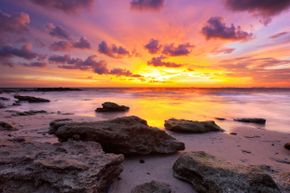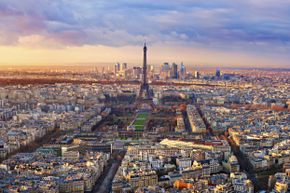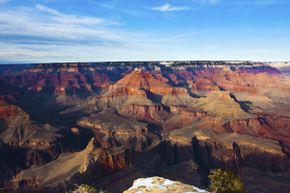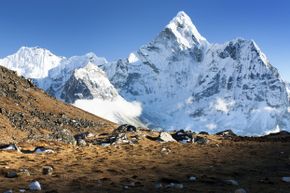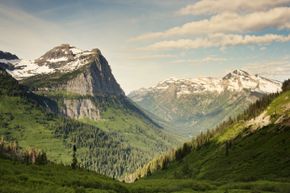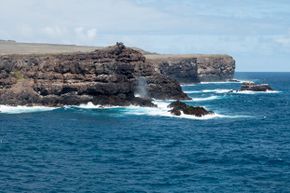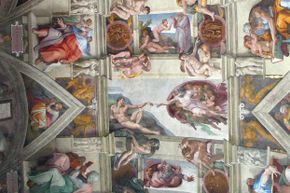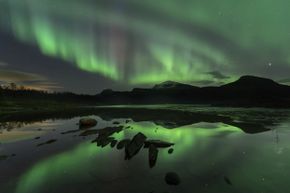There are many things that can leave someone breathless, aside from grinding out a triathlon or spending time at high altitudes. The sight of a bride on her wedding day may take the breath from a groom-to-be. Witnessing an orchestra play a Mozart symphony in a grand concert hall might do it as well. Perhaps the sight of your baby being born might do the trick.
But sometimes it's not a life event at all, but the mere sight of something awe-inspiring. You stand before it, a chill comes over you and your breath becomes shallow and measured. One can only imagine the early settlers making their way across the American West and riding up to the rim of the Grand Canyon for the first time. The feeling they must have gotten is likely similar to what a modern tourist might feel when faced with that same breathtaking vista. The Grand Canyon makes the cut on our list, along with nine other breathtaking views around the globe.
Advertisement
